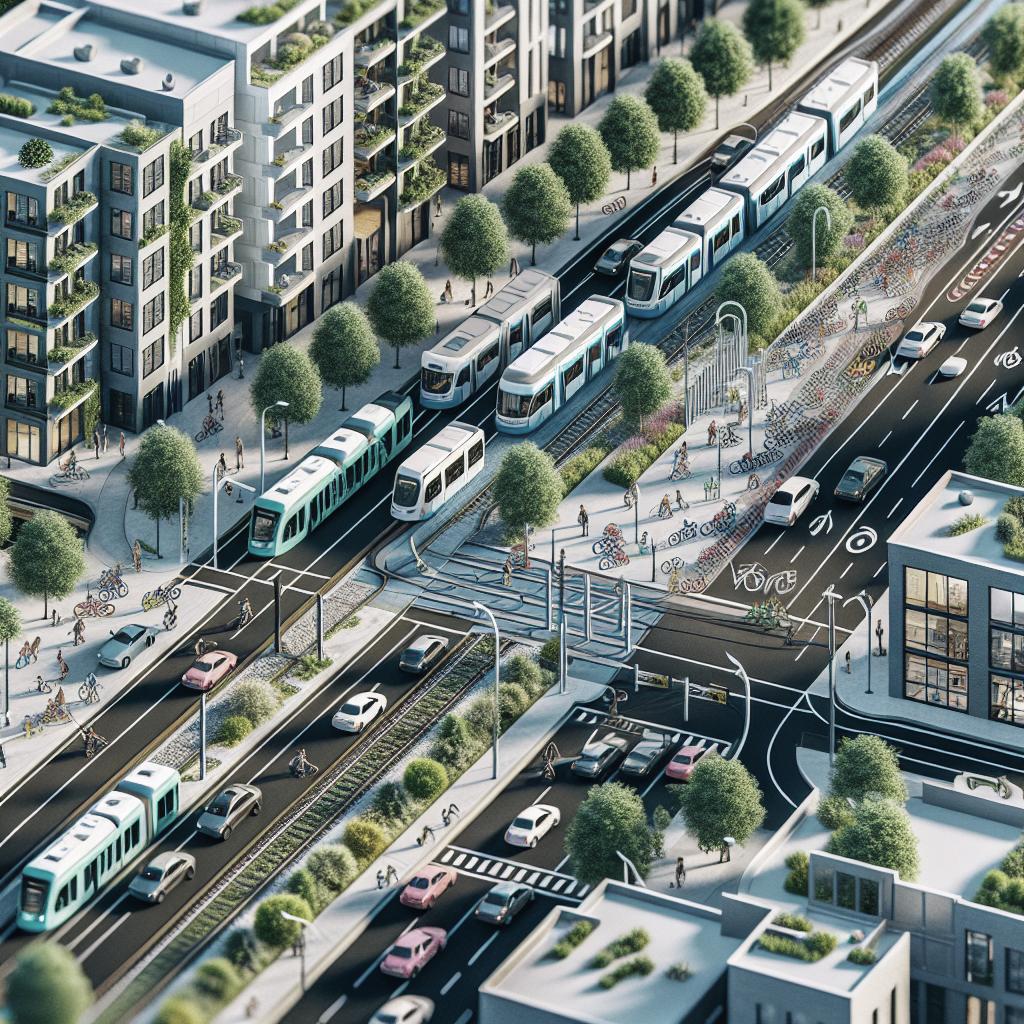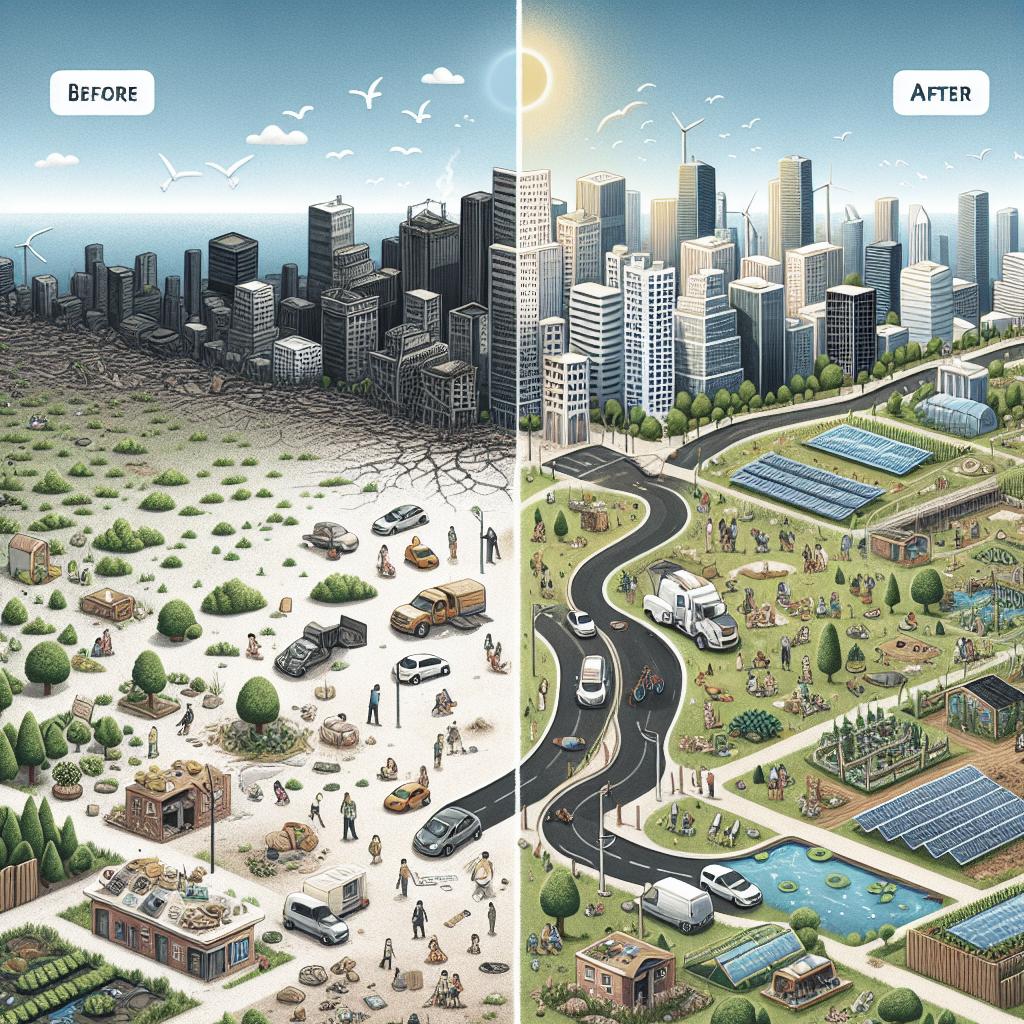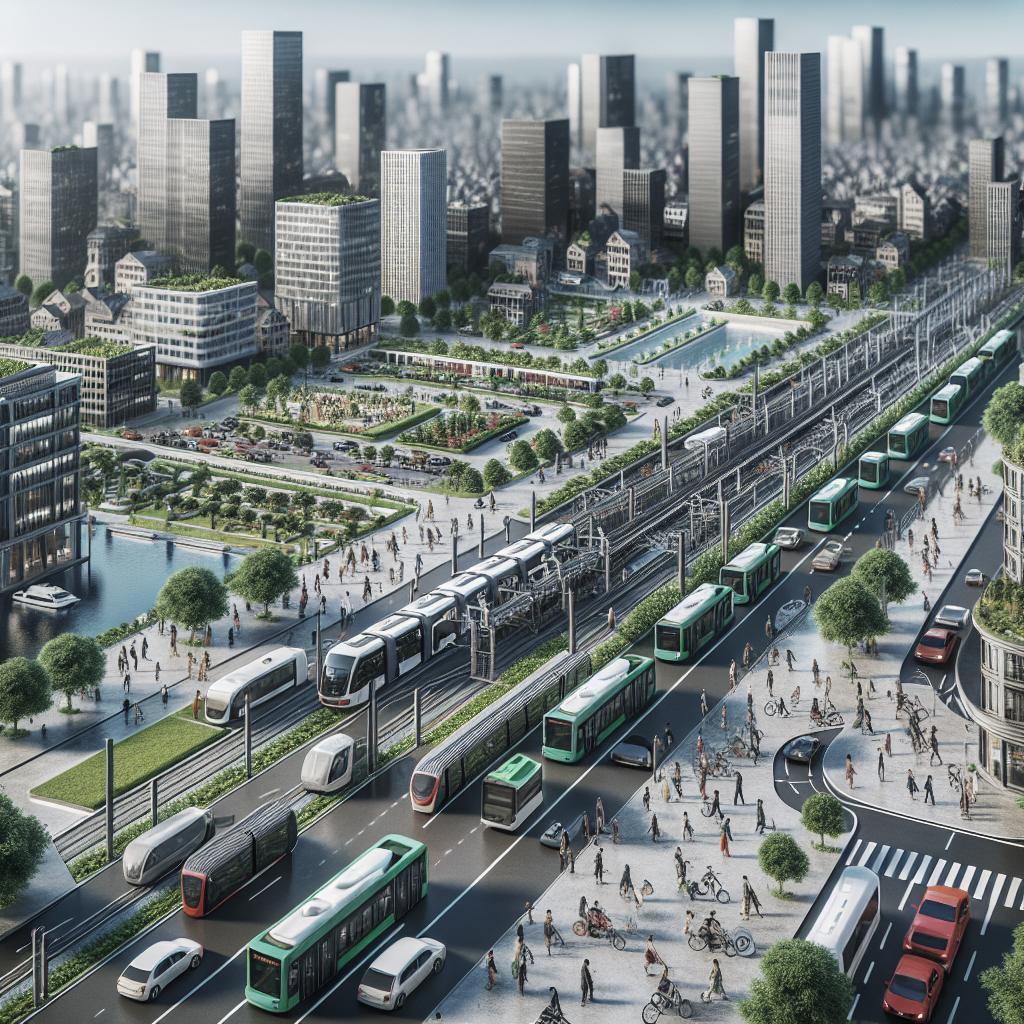<>
Transit-oriented development (TOD) represents a significant shift in urban planning, aligning the growth of urban areas with efficient public transportation systems. This strategy prioritizes the evolution of living spaces to foster walkability, reduce reliance on personal vehicles, and enhance the overall quality of life. The benefits of TOD extend across multiple domains, including economic strength, environmental sustainability, and improved public health. This article delves into the various facets of TOD, examining its new developments, economic impacts, real-world implementations, and community engagement initiatives. “`
Overview
“` Transit-oriented development is an urban planning approach that integrates residential, commercial, and recreational spaces with accessible public transportation. This method encourages the use of buses, trains, and other public transit options, reducing the dependency on personal vehicles. By designing cities and neighborhoods around transit hubs, urban planners aim to create more sustainable, efficient, and livable environments. TOD’s core principles include high-density mixed-use development, pedestrian-friendly pathways, and reduced parking areas, all of which support environmental and economic benefits while fostering vibrant, inclusive communities. “`
What’s New
“` In recent years, advancements in technology and a growing focus on sustainability have spurred innovations in TOD. One notable trend is the use of smart technology to enhance transit systems and improve user experience. Integrated mobile apps now offer real-time updates on transit schedules, route planning, and even payment options. This seamless integration encourages higher transit use, contributing to the overall success of TOD. Additionally, the COVID-19 pandemic has highlighted the need for adaptable urban designs that can respond to public health challenges. TOD projects are increasingly incorporating flexible spaces that can be easily repurposed for different uses, such as pop-up clinics or outdoor dining areas. This adaptability not only ensures the longevity of TOD investments but also makes communities more resilient to future disruptions. “`
Urban Planning for a Stronger Economy
“` TOD is a powerful tool for stimulating economic growth. By attracting businesses and investments to transit-rich areas, TOD projects create jobs and boost local economies. High-density, mixed-use developments bring a diverse range of commercial activities, from retail stores to restaurants and office spaces, all within walking distance of residential areas. This proximity reduces transportation costs for businesses and employees alike, increasing disposable income and consumer spending within the community. Moreover, TOD enhances property values. Properties located near reliable transit options typically see higher demand and appreciative values over time. This increase in property values translates to higher tax revenues for local governments, which can then be reinvested in community infrastructure, public services, and further development projects. “`
Transit-Oriented Development at Work
“` Real-world examples of successful TOD projects demonstrate the tangible benefits of this approach. In Arlington, Virginia, the Rosslyn-Ballston corridor has transformed into a thriving urban space thanks to its strategic development around the Metrorail system. This area now boasts a high concentration of office buildings, residential units, and retail spaces, all within an easy walk of five Metro stations. The result is a highly liveable, economically vibrant community that serves as a model for other cities. Another exemplary case is Vancouver’s SkyTrain system, which has spurred significant TOD along its routes. The Metrotown area, for example, has seen substantial investment in high-rise residential buildings and commercial spaces, making it a bustling urban center. This development not only enhances accessibility and reduces congestion but also contributes to the overall appeal and functionality of the city. “`
TOD Listening Sessions
“` Engaging the community is a cornerstone of successful TOD projects. Listening sessions offer a platform for residents, businesses, and other stakeholders to voice their opinions, share concerns, and provide feedback on proposed developments. These sessions ensure that TOD projects align with the needs and desires of the community, fostering a sense of ownership and collaboration. For example, in Portland, Oregon, the city conducted extensive listening sessions while developing the MAX light rail system. Community input led to design changes that improved accessibility, enhanced pedestrian safety, and included more green spaces. This collaborative approach not only resulted in a more functional transit system but also strengthened community trust and support. “`
Trackbacks/Pingbacks
“` Urban development blogs and transportation websites often discuss and share insights about various TOD projects. These trackbacks and pingbacks help create a network of knowledge and shared experiences. For instance, discussions about San Francisco’s BART system or New York City’s subway expansions can offer valuable lessons for other cities embarking on or refining their TOD strategies. Engaging in these online dialogues helps professionals and the general public stay informed about the latest trends and best practices in transit-oriented development. This shared knowledge base supports continuous improvement and innovation in urban planning. “`
Submit a Comment Cancel reply
“` Your feedback is invaluable as we continue to explore the impact of transit-oriented development. Please share your thoughts, questions, and experiences in the comment section below. Your input helps us build a more comprehensive understanding of TOD and its benefits, driving forward the conversation on sustainable urban growth. We look forward to hearing from you and fostering an engaged, informed community. “`
| Summary of Transit-Oriented Development Benefits | |
|---|---|
| Section | Key Points |
| Overview | Integration of residential, commercial, and recreational spaces; encourages public transit use; reduces vehicle dependency. |
| What’s New | Technological advancements; smart transit systems; adaptable urban designs. |
| Urban Planning for a Stronger Economy | Stimulates economic growth; attracts businesses and investments; increases property values; boosts tax revenues. |
| Transit-Oriented Development at Work | Case studies: Arlington’s Rosslyn-Ballston corridor; Vancouver’s SkyTrain system; enhanced accessibility and community appeal. |
| TOD Listening Sessions | Community engagement; ensures projects align with local needs; fosters collaboration and support. |
| Trackbacks/Pingbacks | Network of shared knowledge; best practices and lessons from other cities; supports continuous improvement. |
| Submit a Comment Cancel reply | Invitation for reader feedback; encourages community discussion and engagement. |
“` Through this exploration of transit-oriented development, it is evident that the benefits extend well beyond mere transportation improvements. By fostering economic growth, enhancing property values, and ensuring community engagement, TOD paves the way for sustainable, resilient, and vibrant urban environments. The next steps involve continuous innovation, embracing new technologies, and maintaining an open dialogue with communities to ensure that TOD projects meet future needs effectively.


